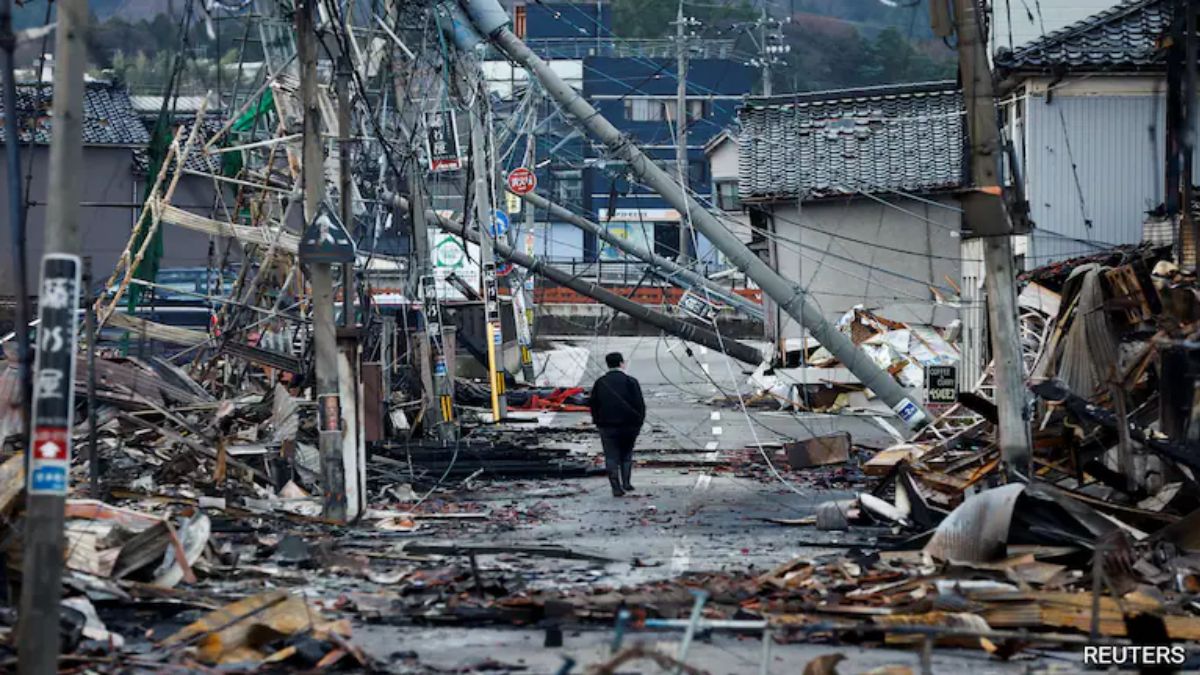Japan’s economy could suffer losses of up to $1.81 trillion if a long-feared megaquake strikes off its Pacific coast, triggering massive tsunamis, the collapse of hundreds of buildings and potentially killing around 300,000 people, according to a new government forecast.
The report released Monday in the first update in a decade outlines a worst-case scenario involving a magnitude 9 earthquake along the 900-km-long Nankai Trough, where tectonic plates intersect.
The projected economic damage of 270.3 trillion yen—nearly half of Japan’s GDP—has increased from the previous estimate of 214.2 trillion yen due to inflation and updated terrain data, which have expanded the anticipated flood zones, the Cabinet Office report said.
The most severe destruction and highest casualties would likely occur if the quake struck on a winter evening, when many people would be commuting on crowded public transport or using fire-prone wooden homes for cooking and heating.
Under the worst-case scenario, based on a potential magnitude 9 earthquake in the area, Japan is likely to see 1.23 million evacuees or 10% of its total population. As many as 298,000 people could die from tsunamis and building collapses if the quake occurs late at night in winter, the report showed.
The trough is off Japan’s southwest Pacific coast and runs for approximately 900 km (600 miles), where the Philippine Sea Plate is subducting under the Eurasian Plate. The accumulating tectonic strains could result in a megaquake roughly once in 100 to 150 years.
Impact Shorts
More ShortsLast year, Japan issued its first-ever megaquake advisory that there was a “relatively higher chance” of a quake as powerful as magnitude 9 in the trough, after a magnitude-7.1 quake occurred at the edge of the trough.
A magnitude 9 quake in 2011 that triggered a devastating tsunami and the triple reactor meltdowns at a nuclear power plant in northeast Japan killed more than 15,000 people.
With inputs from agencies
)